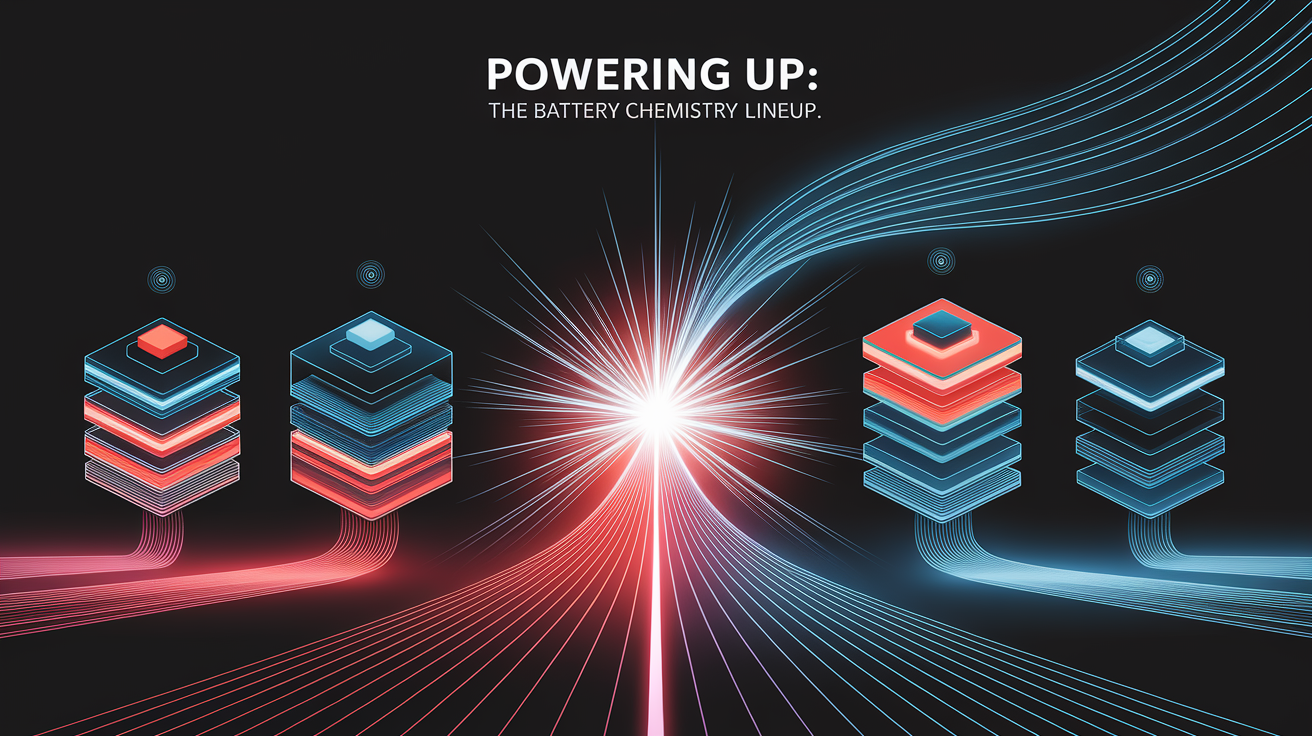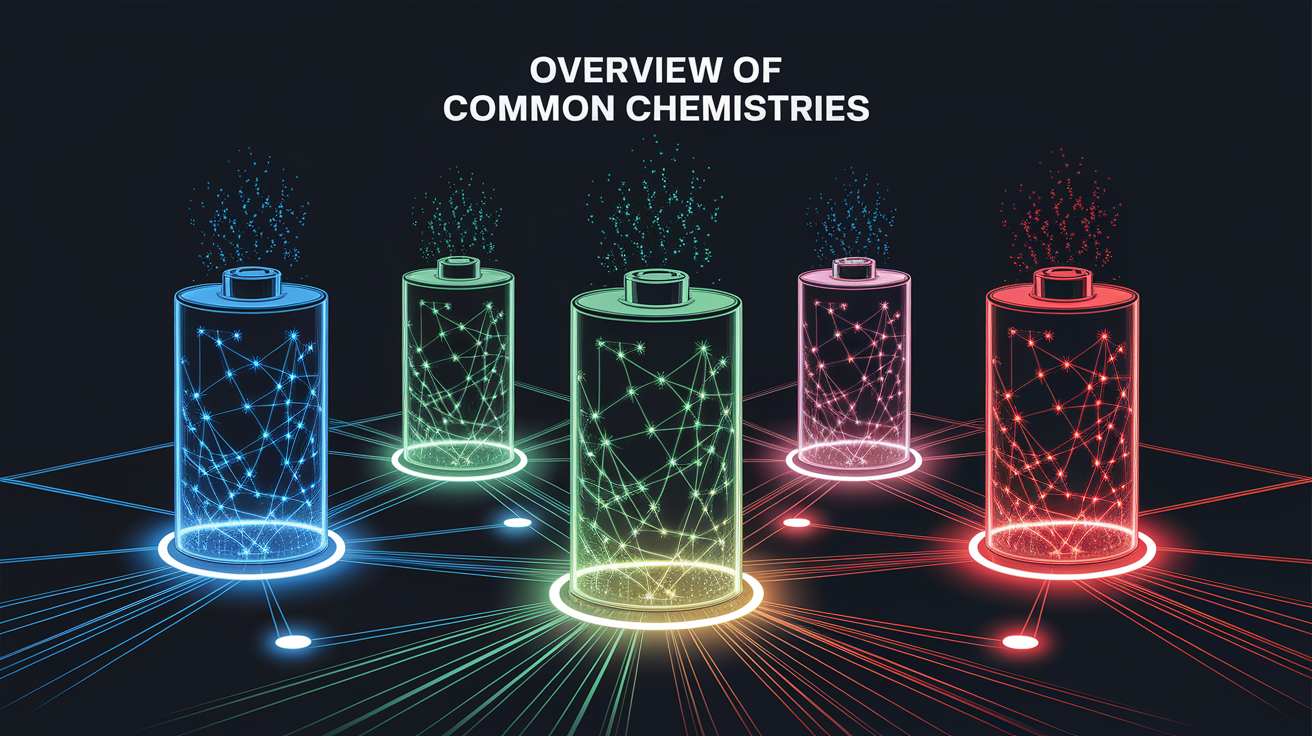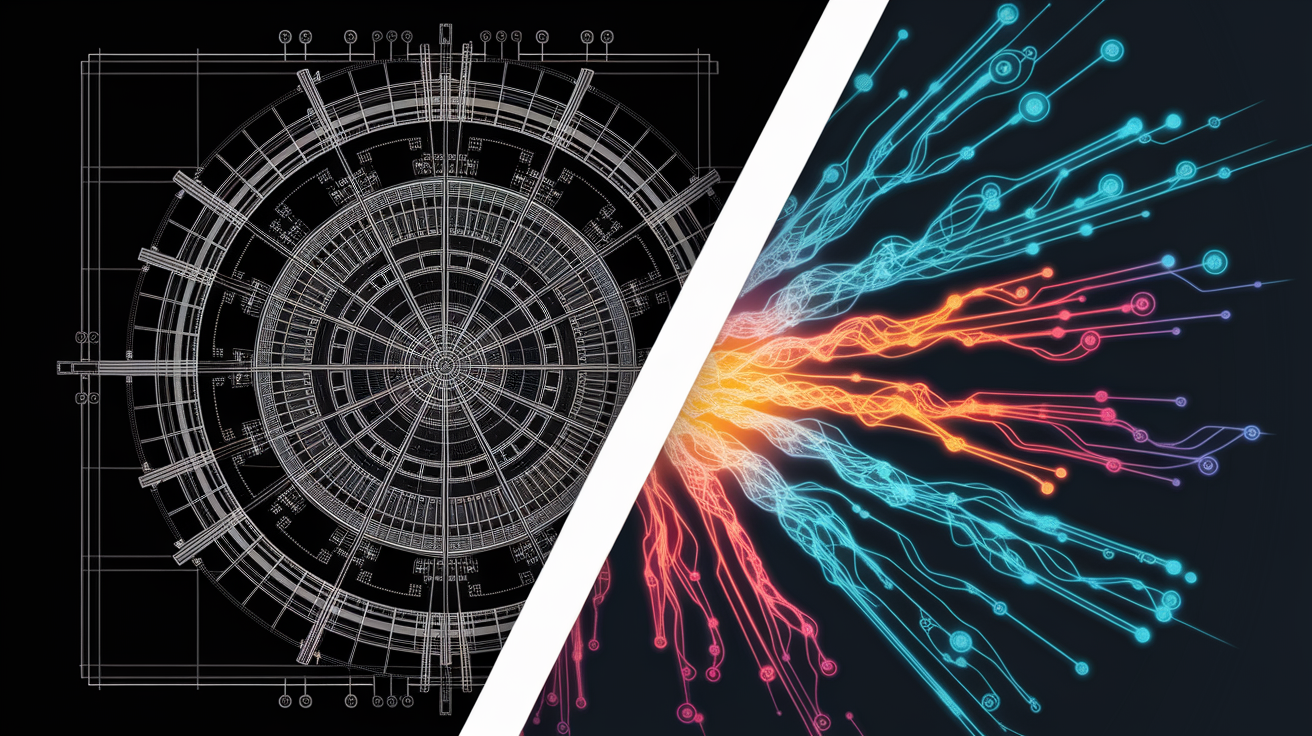Battery Chemistry Face-Off: Choosing the Right Power Cell
Powering Up: The Battery Chemistry Lineup
From the smartphone in your pocket to the electric vehicle in your driveway, batteries are the silent workhorses of the modern world. For the true battery enthusiast, however, understanding what goes on *inside* the cell is where the real excitement lies. The specific chemistry of a battery dictates its performance, lifespan, safety, and cost, making it the single most important factor in its design. Choosing the right battery isn’t just about matching voltage or capacity; it’s about matching the fundamental chemical engine to the task at hand.

In this comprehensive face-off, we’ll dissect the most common battery chemistries, compare their core attributes, and explore their ideal applications. Whether you’re building a custom power pack, optimizing an off-grid system, or simply want to know what powers your world, this guide will equip you with the knowledge to make an informed choice.
Overview of Common Battery Chemistries
The world of batteries is diverse, with several commercially available battery types competing for dominance. While legacy technologies like Lead-Acid and Nickel-Metal Hydride (NiMH) still hold their ground in specific niches, the conversation today is largely dominated by the versatile and powerful lithium-ion family.
Legacy Chemistries: Lead-Acid and NiMH
Lead-Acid: The oldest rechargeable battery technology, lead-acid batteries are the veterans of the industry. They are known for their low cost, reliability, and high surge current capabilities, making them a staple for starting, lighting, and ignition (SLI) applications in conventional vehicles and for bulk energy storage in uninterruptible power supplies (UPS).
Nickel-Metal Hydride (NiMH): NiMH batteries offered a significant improvement over their predecessor, Nickel-Cadmium (NiCd), by providing higher energy density without the toxic heavy metal. They became a popular choice for early hybrid vehicles and high-drain consumer electronics, though they have been largely surpassed by lithium-ion in many applications.
The Lithium-Ion Revolution
Lithium-ion (Li-ion) isn’t a single chemistry but rather a family of technologies built around the movement of lithium ions. Their high energy density and long cycle life have made them the premier choice for everything from portable electronics to electric vehicles. However, the specific materials used for the cathode define the battery’s unique characteristics. Here are the six major types you need to know:
Lithium Cobalt Oxide (LCO)
With its very high specific energy, LCO has long been the go-to for applications where runtime is king. You’ll find LCO batteries powering smartphones, laptops, and digital cameras. Their primary drawbacks are a relatively short lifespan and lower thermal stability, making them less suitable for high-load applications.

Lithium Manganese Oxide (LMO)
LMO batteries prioritize high power output over maximum energy capacity. The manganese forms a three-dimensional spinel structure that improves ion flow, enabling fast charging and high-current delivery. This makes LMO a solid choice for power tools, medical devices, and some hybrid and electric vehicles.
Lithium Nickel Manganese Cobalt Oxide (NMC)
NMC is one of the most successful Li-ion chemistries due to its balanced performance. By blending nickel, manganese, and cobalt, manufacturers can tailor the battery to favor either high specific energy or high specific power. This versatility has made NMC a leading chemistry for EVs, e-bikes, and energy storage systems.
Lithium Iron Phosphate (LFP)
When safety and longevity are the top priorities, LFP is the undisputed champion. Its phosphate-based cathode is more thermally and chemically stable than other chemistries, virtually eliminating the risk of thermal runaway. While its specific energy is lower than NMC or LCO, its exceptionally long cycle life and safety profile make it ideal for standard-range EVs, solar energy storage, and other applications where durability is paramount.
Lithium Nickel Cobalt Aluminum Oxide (NCA)
NCA shares many similarities with NMC but offers even higher specific energy and a long lifespan, making it a favorite for high-performance, long-range electric vehicles. However, it is less safe and more costly than other options, requiring careful monitoring and sophisticated battery management systems.
Key Comparison Criteria
To truly compare battery technologies, we need to move beyond names and look at the numbers. These key performance metrics define a battery’s capabilities and suitability for a given task.
Energy and Power Density
These two terms are often confused but are critically different.
- Energy Density: This measures how much energy a battery can store for its size (volumetric energy density, Wh/L) or weight (gravimetric energy density or specific energy, Wh/kg). High energy density is crucial for portable devices where space and weight are at a premium.
- Power Density: This measures how quickly a battery can deliver its energy (specific power, W/kg). High power density is needed for applications requiring large bursts of energy, like starting a car or using a power tool.
A detailed comparison chart shows that chemistries like NCA and LCO lead in energy density, while LMO and LFP often provide superior power density.

Cycle Life and Lifespan
Cycle life refers to the number of charge-discharge cycles a battery can endure before its capacity degrades to a certain percentage (usually 80%) of its initial rating. LFP batteries excel here, often delivering thousands of cycles, whereas LCO batteries may only last for 500-1000 cycles. A battery’s calendar life—how long it lasts regardless of use—is also an important consideration, affected by factors like temperature and state of charge.
Safety Profile
Battery safety is a function of thermal stability. Some chemistries are more prone to thermal runaway—a dangerous chain reaction where an increase in temperature causes further increases in temperature—if damaged or operated outside their safe limits. LFP is considered the safest of the common Li-ion types, while chemistries rich in cobalt and nickel (LCO, NCA, NMC) require more complex safety measures.
Cost
Cost is often driven by the raw materials used in the cathode. Cobalt is expensive and has a volatile supply chain, which increases the cost of LCO, NMC, and NCA batteries. LFP, which uses abundant and low-cost iron and phosphate, offers a significant cost advantage, a major reason for its growing adoption in EVs and grid storage.
Performance in Real-World Applications
Understanding the theory is one thing; seeing how it plays out in the real world is another. The choice of battery chemistry directly impacts device performance, cost, and safety.
Electric Vehicles (EVs)
The EV market is a fascinating battleground for battery chemistries.

- High-Performance/Long-Range: Automakers often use high-energy-density NCA or NMC batteries to maximize range and deliver thrilling acceleration.
- Standard-Range/Mainstream: An increasing number of manufacturers are switching to LFP for their standard-range models. The lower cost, superior safety, and exceptional durability are compelling advantages, even with the trade-off in range.
Consumer Electronics
Your smartphone, laptop, and tablet almost certainly contain an LCO battery. In this application, maximizing runtime in the smallest, lightest package possible is the overriding goal. The lower cycle life and power output are acceptable trade-offs for the sleek designs and long-lasting single-charge performance consumers demand.
Home and Grid Energy Storage
For stationary storage, weight is not a concern, but safety, cycle life, and cost are paramount. This makes LFP the ideal chemistry. Its ability to perform for thousands of cycles over a decade or more, combined with its inherent safety, makes it perfect for storing solar energy. Integrating these systems requires careful planning, as the inverter/charger must be compatible with the specific battery technology, whether it’s older Lead Acid or modern Lithium. The compatibility of systems utilizing different battery types is a critical consideration for any robust power system.
Pros and Cons Summary
Here’s a quick-reference breakdown of the leading Li-ion chemistries:
Lithium Cobalt Oxide (LCO)
- Pros: Very high specific energy.
- Cons: Low safety, short cycle life, high cost, low specific power.
Lithium Manganese Oxide (LMO)
- Pros: High specific power, fast charging, enhanced safety over LCO.
- Cons: Lower energy density, shorter lifespan than other chemistries.
Lithium Nickel Manganese Cobalt Oxide (NMC)
- Pros: Balanced performance, good specific energy and specific power.
- Cons: Higher cost than LFP, moderate safety concerns.
Lithium Iron Phosphate (LFP)
- Pros: Exceptional safety, very long cycle life, low cost, high specific power.
- Cons: Lower specific energy and lower nominal voltage.
- For a deep dive into what this chemistry offers, it’s helpful to see a comparison of specific LiFePO₄ battery models to understand the real-world performance characteristics.
Lithium Nickel Cobalt Aluminum Oxide (NCA)
- Pros: Highest specific energy, good specific power, long lifespan.
- *
Cons:
- High cost, lower safety profile than other chemistries.
Making Your Choice
There is no single “best” battery chemistry. The right choice depends entirely on your priorities. To find your ideal power cell, ask yourself these questions:
- What is the primary application? (e.g., portable power, vehicle, stationary storage)
- What is more important: runtime (energy) or high-power delivery (power)?
- How many cycles will the battery need to endure over its lifetime?
- How critical is safety? Is the battery in a climate-controlled room or a high-impact environment?
- What is your budget? Are you willing to pay a premium for performance, or is total cost of ownership paramount?
By answering these questions, you can use the information above to zero in on the chemistry that best aligns with your needs, whether it’s the marathon endurance of LCO, the sprint capability of LMO, or the unparalleled safety and longevity of LFP.
Charge Ahead: Final Thoughts
The landscape of battery technology is in constant motion. What was once the gold standard can quickly be displaced by a newer, more efficient, or safer chemistry. For enthusiasts, this constant innovation is a source of endless fascination. Understanding the fundamental trade-offs between energy, power, safety, lifespan, and cost is the key to appreciating these advancements and making smart decisions.
While today’s face-off centers on established lithium-ion chemistries, the future promises even more exciting developments, with solid-state batteries on the horizon poised to offer even greater energy density and safety. By mastering the fundamentals of today’s technology, you’ll be perfectly positioned to understand and harness the power of tomorrow’s breakthroughs.







